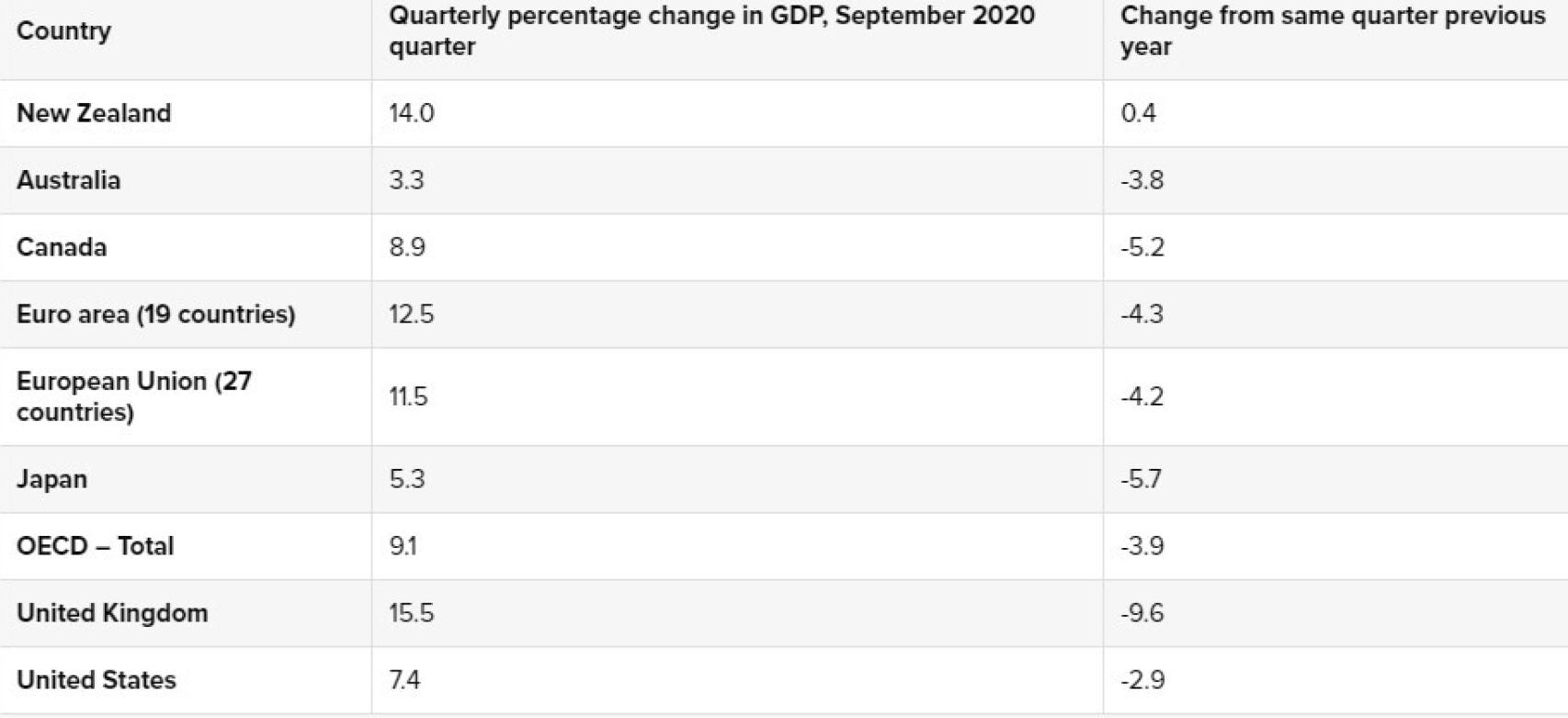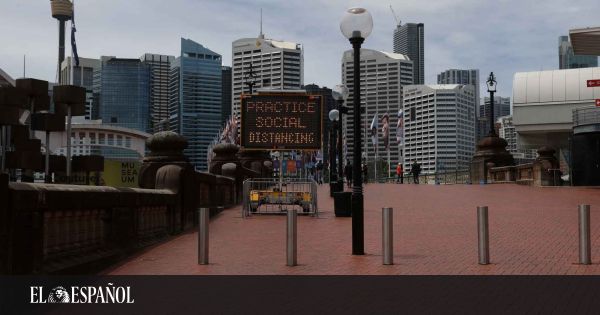Related news
The Australian Tennis Open is one of the most important publicity events for Melbourne and the Victoria region. In fact, by the hair, it was the only Grand Slam tournament that could be held with an audience last year, when Covid 19 was still something like a “Chinese flu” on the lips of experts and we complained that companies refused to come to the Mobile Congress.
Barely two weeks before its 2021 edition, it is not at all clear that it will be able to be held. The reason? Players are angry about the various quarantines they have to face to make sure that no one spreads the virus across the country. A couple of planes have already landed in Melbourne with positive cases and the measures are radical: no one who has been on that plane leaves his room. Nobody. It doesn’t matter how millionaire you are.
Obviously, this has not been liked by the players, who not only protest about the confinement – “if I’m clean” – but they are seen in often deplorable confinement conditions.
In any case, what underlies the message: from the outset, if you wanted to play the tournament you had to be at least two weeks beforehand and submit to the measures not only of the organization but of the local police.
Roger Federer, for example, has preferred not to go through that: he has four children, 39 years old, he has won everything and it is better to stay at home with the family. If, in addition, things get complicated with positives, I already say, absolute confinement for as long as it takes. Without exceptions. No matter what letters Novak Djokovic sends. Australia is a country that takes the virus seriously.
Perhaps, with the Spanish mentality, someone thinks that the country or the region or the city of Melbourne itself is in such a compromised situation that no measure is superfluous. Here, at least, we have worked like this: measures are taken when there is no other choice and hospitals do not fit more people.
The truth is that it is the opposite: with a population of 26 million inhabitants, Australia accumulates in the last year 28,665 cases in total. Although they had a slight first wave with highs of 537 cases per day, most of these infections occurred during their winter, that is, our summer, from June to September. Since then, no day have there been more than 40 cases detected.
Sporting events are held with public, on New Year’s Eve there were parties and normality is almost absolute despite not having started a vaccination process which will begin in February and intends to apply four million doses in two months.
Confirmed cases by countries.
–
–
How has this been achieved? How has your neighbor New Zealand managed it, with the charismatic Prime Minister Jacinta Ardern at the helm? With the clear idea that in the face of the virus there are no shortcuts. In Australia and New Zealand no virus has been “lived together”. At the first outbreak, complete closure.
The latest example has been seen in the coastal area of Sydney, the tourist city par excellence. Upon detecting a dangerous outbreak and tracing all the contacts, it was decided to confine the population to the perimeter, limit the encounters to 6-10 people depending on the neighborhood, and maintain the measures until find out with certainty what was the origin of that outbreak. Do you know how many people were affected when the decision was made? 97. Not in a day, but, again, in total.
With 97 cases, you close an area of 250,000 inhabitants And you don’t look back Leadership. What’s more, the rest of the regions – in Australia, as in Spain, the regions have enormous power – decided to ban the entry of anyone living in Sydney or its surroundings, a total of five million people.
They slackened a bit at Christmas when things got under control, but always with strict testing, tracking and quarantines like those that now outrage the professional tennis staff.
In fact, another of Australia and New Zealand’s strengths is that they force fourteen days of quarantine for anyone traveling to the country. They do not care if there is negative PCR involved. If you come from abroad, and until the time that they consider must pass for you to stop contaminating it, you go into a hotel and do not think about leaving. If they catch you, they kick you out of the country.
In this way, obviously, tracking is much easier. They are in that phase where it is possible to track cases with few means and it is possible to maintain a healthy economic and social life. By not having contact with the foreigner and immediately limiting the own contact between regions, you can always know where an outbreak has originated and nip it in the bud.
Hopefully, by the time these measures are opened and communication with the rest of the world is favored again, that rest of the world will already be vaccinated and we will know much more about the virus than we do now. So far, the economy has not suffered too much: GDP falls in 2020 as it fell in 2019, but it does so in lower figures than those we are seeing in the euro zone with its intermediate measures.

Effect of Covid on the economy of some countries.
–
–
In New Zealand, where there was a significant drop in GDP in the second quarter, at the level of the worst global economies, we have witnessed a V recovery in the third trimester, allowing the country to practically return to pre-Covid levels.
Obviously, it’s about islands accustomed to domestic trade and whose economies are less affected by foreign swingsBut the merit is enormous: in one year, the two countries seem to have managed to cut the transmission of the virus, save their economy and together they have a total of 934 deaths. In New Zealand, in fact, it has been only 25 since the start of the pandemic.
Surgical confinements, tons of tests, exhaustive scans and conviction that you cannot “live with the virus”, that you have to kick him out of the community as soon as you find him.
That, together with the restriction of contact with foreigners – if you’re healthy, show me – have made Australia and New Zealand the two clearest “success stories” of this pandemic. They may have “scared away tourism” with their stance, but they have their life and they seem to like it, as much as sports journalists throw their heads at the way we handle these things in the rest of the world. They have not chosen between economy and health, they have stayed with both.
On March 30, with European hospitals full and messages still confused about what policies to take, Jacinta Ardern was clear: “One of the things that will have to be dealt with around the world is border management, at least until that we have a herd immunity or a vaccine. I think most countries are opting for herd immunity, but the price is too high. In fact, en New Zealand, we will never even consider herd immunity”. On October 17, he led the Labor Party to the largest electoral victory in its history, with more than 50% of the vote.
To what extent can these experiences be transferred to the rest of the world? It is difficult to assure it. The truth is that no attempt has been made in Europe, much less in Spain, a country that lives largely off mobility. He focus has always been to go after the virus assuming that the population would not understand otherwise. How many times has it been said that “if we had closed the country on March 2, we would have avoided thousands of deaths, but no one would have understood it”? So, in so many places.
Now obviously it’s too late. When you trust your citizens and your citizens trust you and what you do everything seems easier. When the relationship is flawed from the beginning, anything becomes a world.
– .

